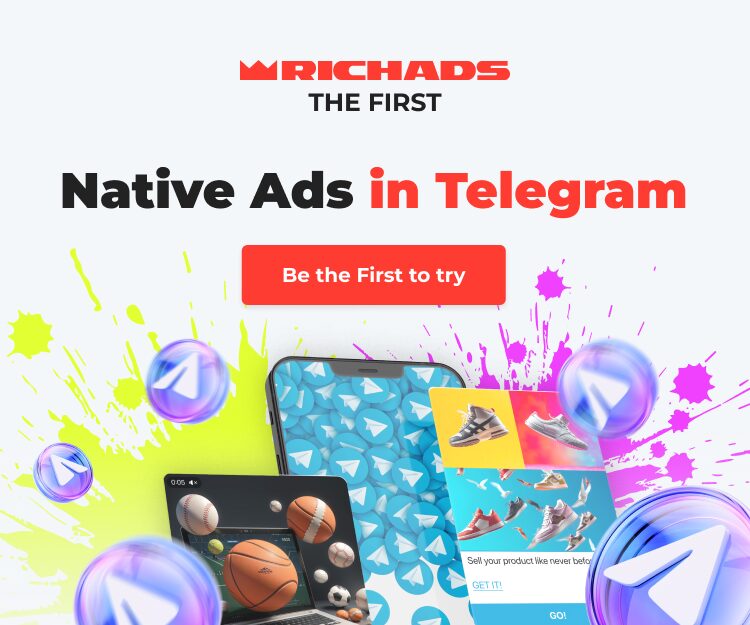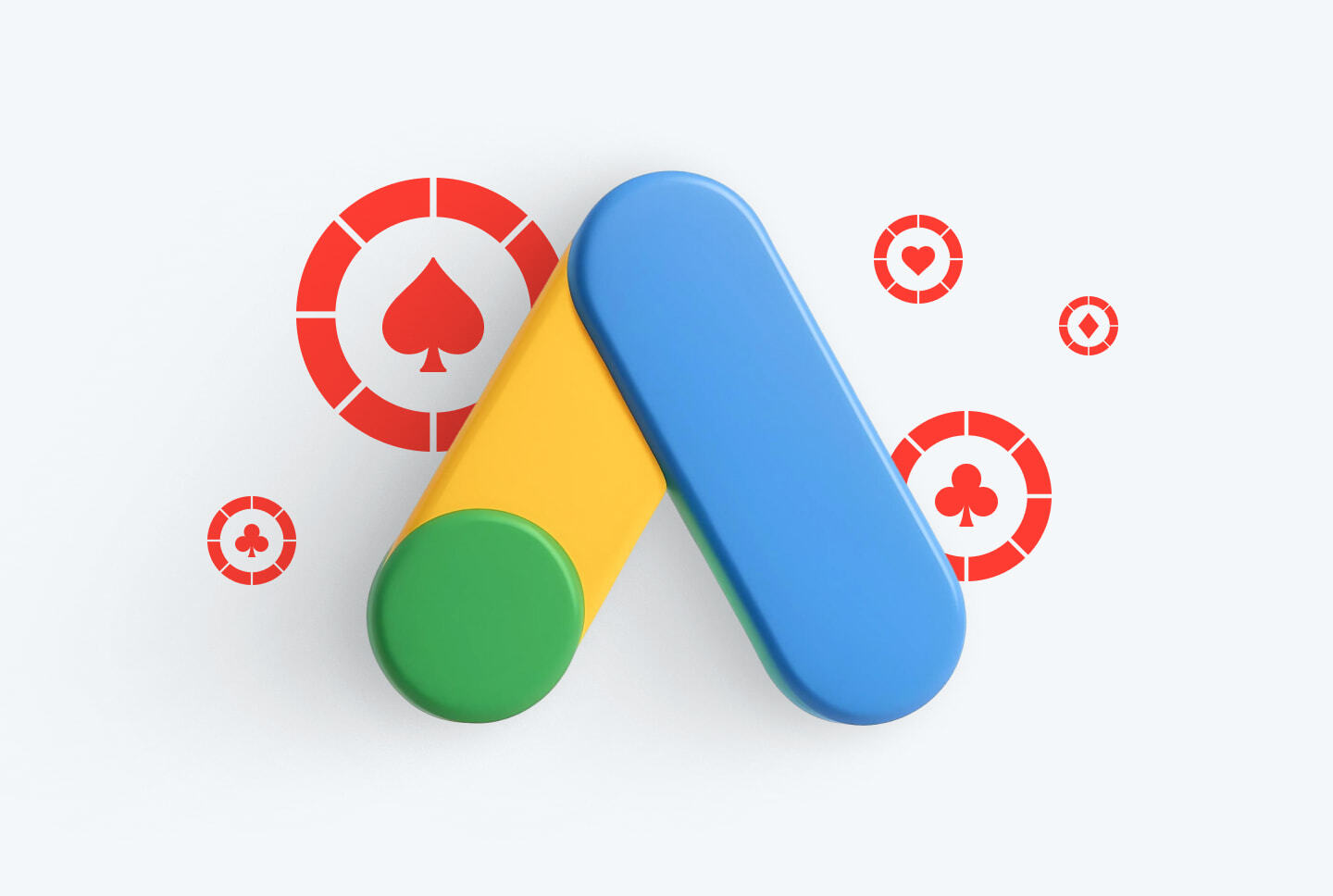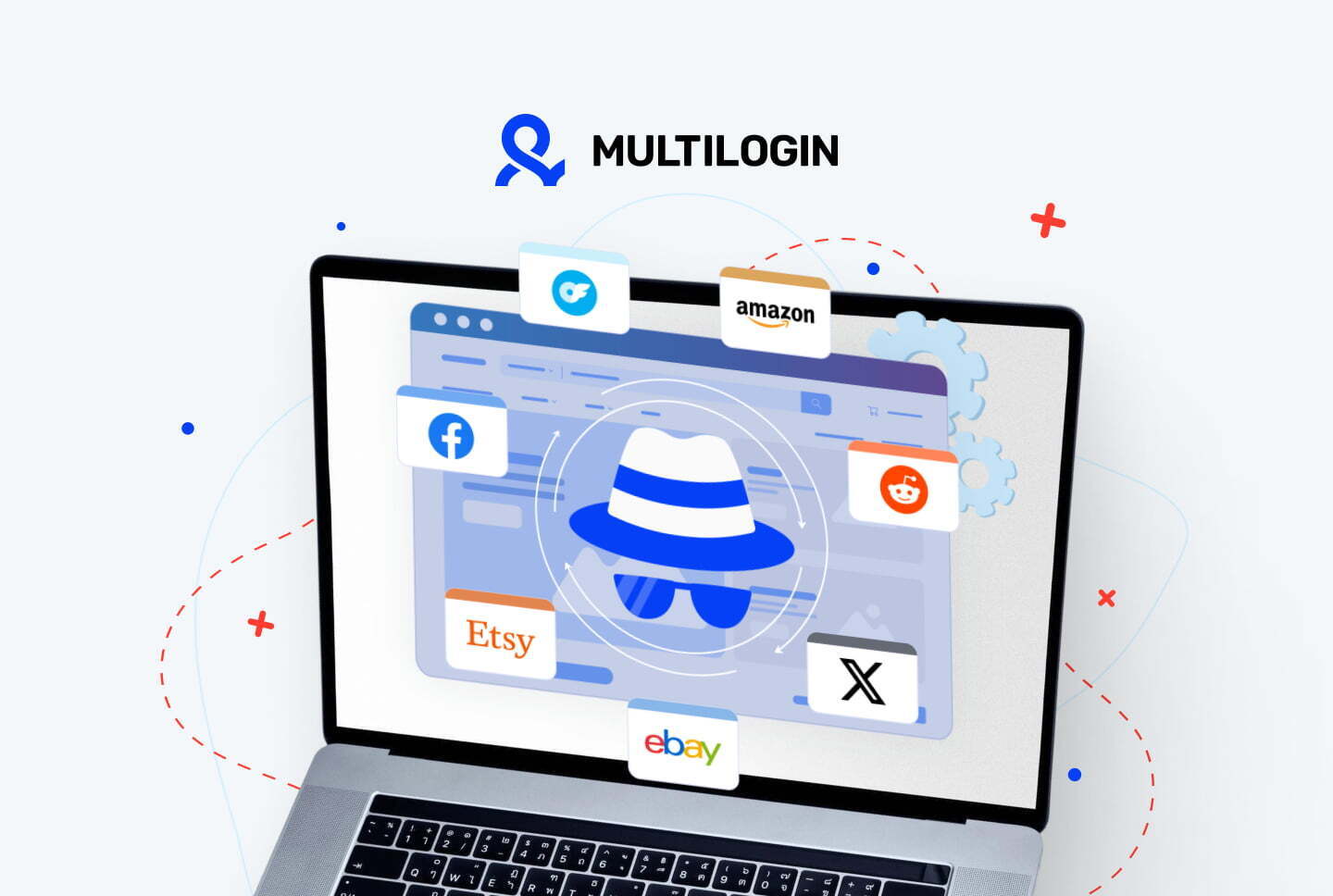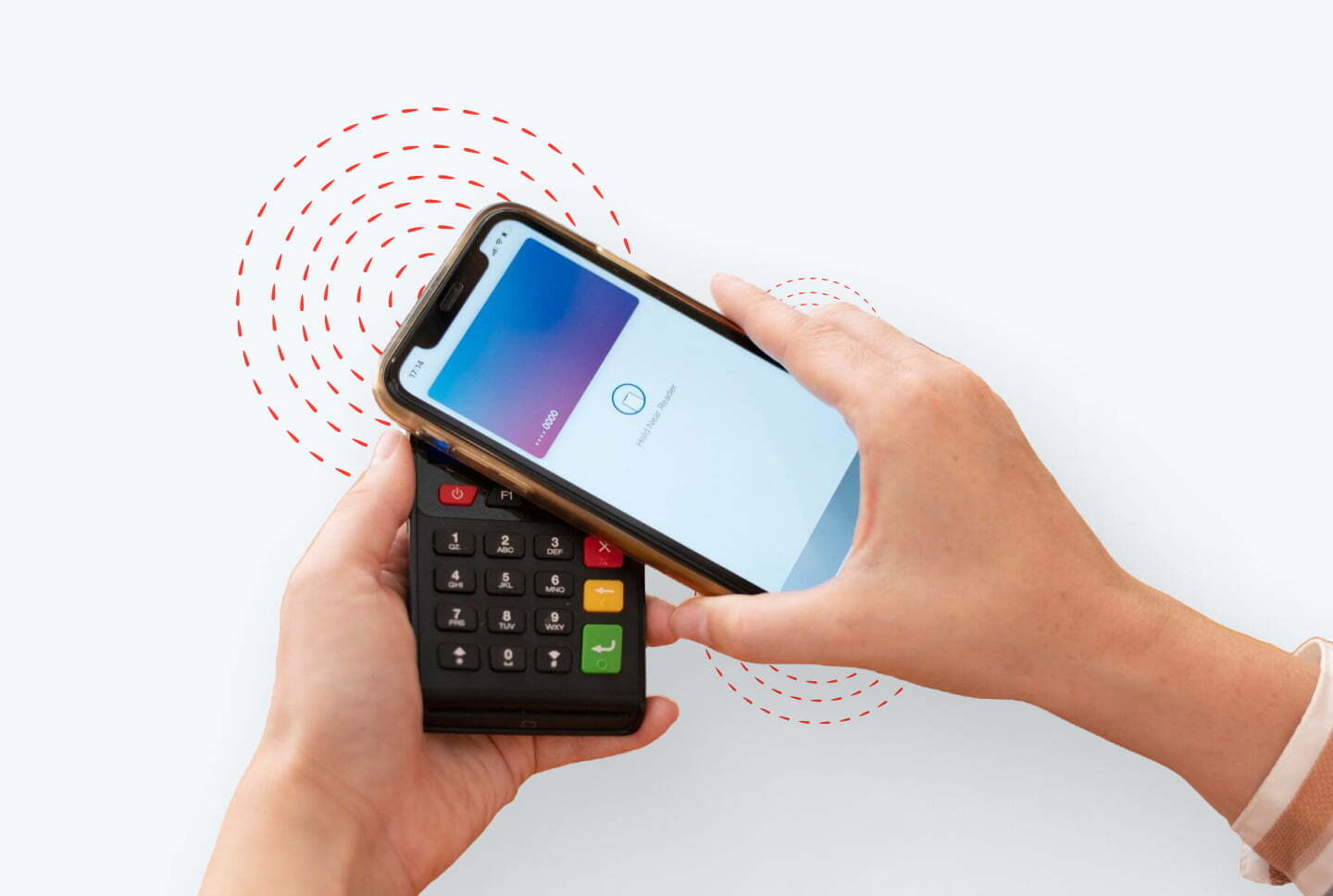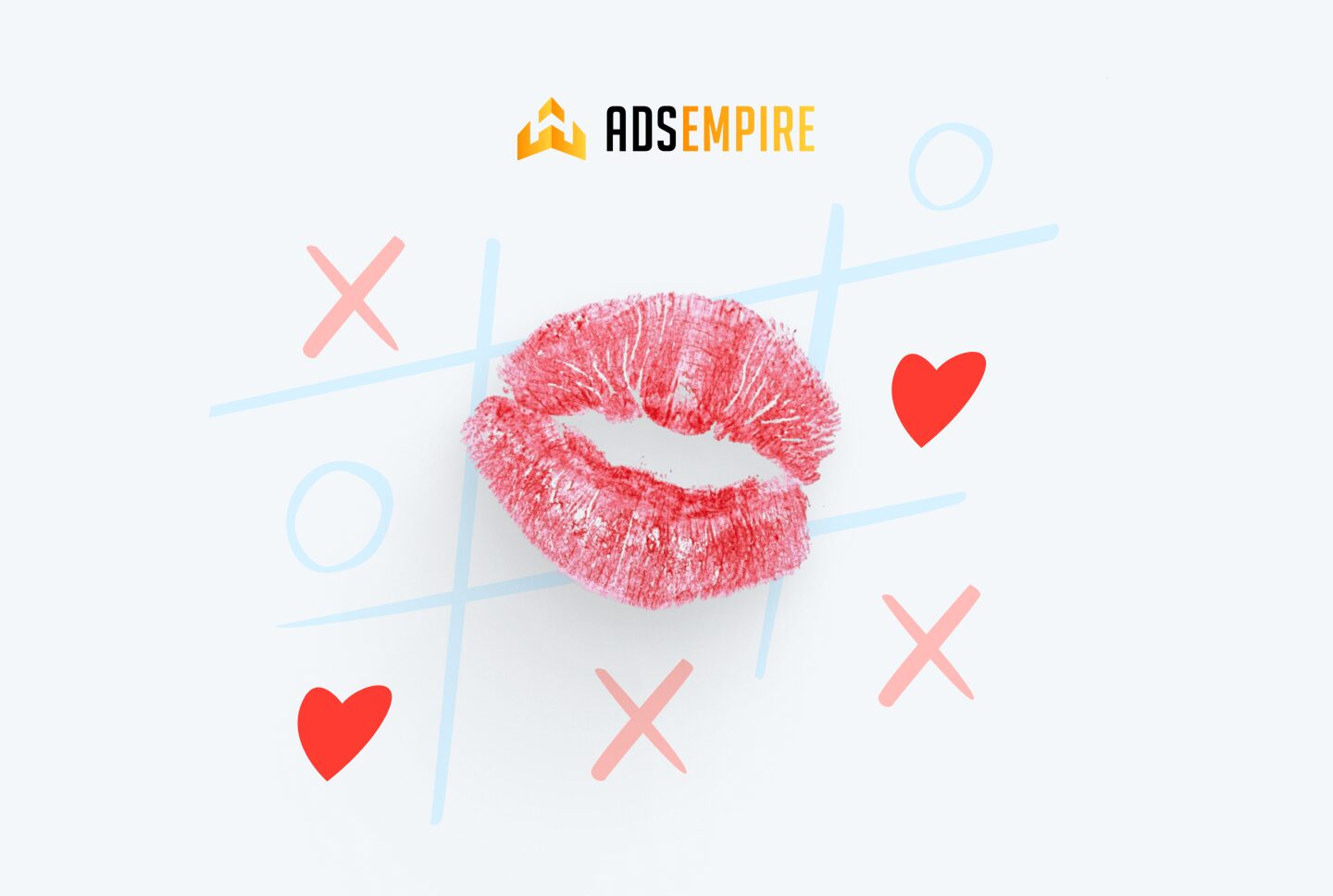Partner (affiliate) program meaning
Partner program is a business model that connects advertisers and partners (affiliates, website owners, etc.). Advertisers pay affiliates for attracting customers or for specific actions performed by customers, such as purchasing a product or registering on a website, using unique affiliate links or codes.
Partner program flow
Let’s elaborate a bit more and start by introducing the main participants of the model: the owner, the affiliate, and the customers.
The owner of the business seeks partners, who could be bloggers or affiliates across various channels, to promote their products. Advertisers provide unique referral links or codes to affiliates and they promote them via different channels. Then, customers click on these links and make purchases, completing the flow.
It’s important to mention that affiliates can receive compensation not only based on a percentage of sales but also a fixed fee, depending on the affiliate program.
For example, if you manufacture abdominal massagers and want them to be promoted through an affiliate marketing program. The cost of the product, including all expenses, is $50. You sell it for $100 and are willing to give $10 to someone who sells 1 unit of your product.
What is RichAds?
Ad network for telegram ads,
high quality push and popunder ads,
domain redirect, native and display traffic source,
buy push ads at $0.005 (CPC), pop ads at $0.5 (CPM),
domain ads costs start from $1.5 (CPM), native ads — from $0.001 (CPC),
ad network offers large volumes of traffic in more than 200 geos from Tier 3 to Tier 1.
Difference between affiliate programs and affiliate networks
Affiliate programs and affiliate networks represent different collaboration models in internet marketing.
Here are the main differences between them:
Affiliate Programs:
- Platform functionality: in affiliate programs, a direct collaboration occurs between a seller/advertiser and affiliates/website owners. The seller/advertiser provides promotional materials and compensates affiliates for driving traffic or completing specific actions on their behalf.
- Key actors: the main participants include the seller/advertiser and affiliates/website owners who promote the products or services.
- Goal: for the seller/advertiser, the primary aim is to reduce the cost of their advertising campaigns by paying affiliates based on performance. On the other hand, affiliates aim to earn commissions or increase the profitability of their websites by promoting the seller’s products or services.
- Examples: CatAffs, 1win Partners, Betmen Affiliates.
Affiliate Networks:
- Platform functionality: affiliate networks serve as intermediary platforms that aggregate multiple affiliate programs from various companies. They provide a centralized hub for affiliates to access a wide range of offers.
- Key actors: affiliates, advertisers (companies offering products or services), and the affiliate network platform itself are the primary participants in affiliate networks.
- Goal: affiliate networks is to facilitate partnerships between affiliates and advertisers. They enable affiliates to choose from a diverse selection of offers and manage their affiliate relationships.
- Examples: Yellana and ShareASale.
Thus, affiliate programs represent specific agreements between the seller and the partner, while affiliate networks provide infrastructure for managing multiple affiliate programs on one platform.
Types of partner programs
It’s time to find out what types of affiliate programs exist. There is a great variety of partner programs in affiliate marketing, they can be divided into several categories by verticals.
Division of affiliate programs by verticals
In each vertical, there are various niches on which affiliate programs are based. Now, we will describe some of them.
E-commerce:
- Partnership with online retailers and E-commerce platforms.
- Program promoting specific product categories (e.g., fashion, electronics, home goods).
- Collaboration with online marketplaces for various goods and services.
- Program promoting online casinos.
- Partnership with poker platforms.
- Partnership with online bookmakers.
- Program promoting sports betting using pools.
Nutra (Health and Beauty):
- Partnership with manufacturers of dietary supplements and vitamins.
- Program promoting health and beauty products.
- Partnership with medical clinics or online consultation services.
Finance and Investments:
- Partner program of brokerage companies.
- Partnership with lending and microfinance services.
- Partner program for financial literacy and investment education.
Technology and Software:
- Partnership with software manufacturers (e.g., antivirus software, PC optimization programs, etc.).
- Program promoting gadgets and electronics.
- Partnership with online stores for technology and electronics.
Each vertical has its own features and specific requirements, but the general principle of a partner program remains the same: affiliates receive compensation for attracting customers or sales through their marketing efforts.
If you’re unsure which vertical to start with, you can check out the current top verticals from RichAds advertising network.
What is RichAds?
Ad network for telegram ads,
high quality push and popunder ads,
domain redirect, native and display traffic source,
buy push ads at $0.005 (CPC), pop ads at $0.5 (CPM),
domain ads costs start from $1.5 (CPM), native ads — from $0.001 (CPC),
ad network offers large volumes of traffic in more than 200 geos from Tier 3 to Tier 1.
What types of rewards exist in partner programs?
In a partner program, there are several main types of rewards that can vary depending on the specific program, product, or service it promotes. Below are the primary types of rewards:
1. CPA (Cost Per Action):
- Reward is paid for a specific action taken by the user, such as purchasing a product, filling out a form, or registering.
- The partner receives a commission only if the required action is completed.
2. CPL (Cost Per Lead):
- The partner receives a reward for each potential customer (lead) attracted, who has shown interest, for example, by filling out a request form or requesting information.
- It is important here that the attracted customer fits the target audience and is potentially interested in the product or service.
3. CPS (Cost Per Sale):
- Reward is credited to the partner for each completed sale associated with their referral link or actions.
- The partner receives a percentage of the total sale amount or a fixed sum for each successful transaction.
4. RevShare (Revenue Share):
- The partner receives a percentage of the revenue generated by the customer they referred.
- This could be a monthly reward in percentages of all sales or income received from the referred customer throughout their activity or usage of the company’s services.
Each of these types of rewards has its advantages and is suitable for different types of products, services, and marketing strategies within partner programs.
Each payment model has its pros and cons, but as for how to choose the type of payment, you can read about it at RichAds blog’s article below.
Partner program benefits and disadvantages for marketers
Below, we’ll discuss the positives and negatives of working with an affiliate program.
Pros of partner programs and working with them:
- High payouts. As you work with the product owner directly, you get the best conditions they can offer without any third parties.
- Direct communication. You know what the product owner expects from your work, and can ask him any questions directly, it’s faster and easier.
- Personalized approach. You don’t only get better creatives, you can also ask the product owner about their peculiarities and use them in the ad campaigns
- Exclusivity. You get to work with the conditions made specifically for you and can negotiate them anytime.
Cons of partner program and working with them:
- Financial risks. Partner programs can delay payments for different reasons, especially for inexperienced marketers, while affiliate networks usually value their reputation and avoid long delays.
- Suitable for experienced affiliates. If you’re a newbie in marketing, it’d be hard to start working with a direct advertiser, they prefer mature players.
- Strict approval process. Advertisers may impose stricter traffic requirements compared to affiliate networks.
What is RichAds?
Ad network for telegram ads,
high quality push and popunder ads,
domain redirect, native and display traffic source,
buy push ads at $0.005 (CPC), pop ads at $0.5 (CPM),
domain ads costs start from $1.5 (CPM), native ads — from $0.001 (CPC),
ad network offers large volumes of traffic in more than 200 geos from Tier 3 to Tier 1.
Examples of partner programs
Affiliate marketing programs share many similarities, but each has its own unique aspects. Let’s delve deeper into several affiliate programs, how they operate, and their characteristics.
1. Amazon Associates partners program
Amazon Associates allows affiliates to earn commissions on product sales from Amazon by placing special affiliate links on their websites, blogs, social media, or other platforms. Commissions are earned based on the product category and sales volume.
2. ClickBank partners program
ClickBank provides access to a wide range of digital products such as e-books, online courses, software, and more. Affiliates can choose products to promote and earn commissions for each successful sale.
3. Bet365 partners program
Bet365 Affiliates is a program offered by one of the largest online bookmakers in the world. Partners can earn commissions for referring new players to the platform for sports betting, casino games, poker, and other gambling activities. Commissions are earned based on player deposits and activity.
4. 1xBet partners program
1xBet Partners offers the opportunity to earn commissions by referring new players to the 1xBet platform, which offers sports betting, casino games, poker, and more. Partners can earn commissions for both player deposits and activity.
5. William Hill partners program
William Hill Affiliates offers rewards to affiliates for bringing new customers to the William Hill platform, which offers sports betting, casino games, poker, and other gambling activities. Commissions are earned based on player deposits and activity.
Affiliate can also read the article about the nutra affiliate programs and choose the one for their needs.
What is RichAds?
Ad network for telegram ads,
high quality push and popunder ads,
domain redirect, native and display traffic source,
buy push ads at $0.005 (CPC), pop ads at $0.5 (CPM),
domain ads costs start from $1.5 (CPM), native ads — from $0.001 (CPC),
ad network offers large volumes of traffic in more than 200 geos from Tier 3 to Tier 1.
Related articles:
- Top 20+ affiliate marketing programs
- Top CPA offers in 2025
- R2D Partners: review of a multi-brand affiliate program
- Moonstar CPA network complete review: the best Gambling and Finance CPA offers
- CpaRoll Uncovered: Why Join Multi-Vertical Affiliate Network?
- Review of Zeydoo: how to operate within this CPA network
- Top 12 best affiliate marketing networks in 2025
- Top 21 ad networks for affiliates
« Back to Glossary Index



